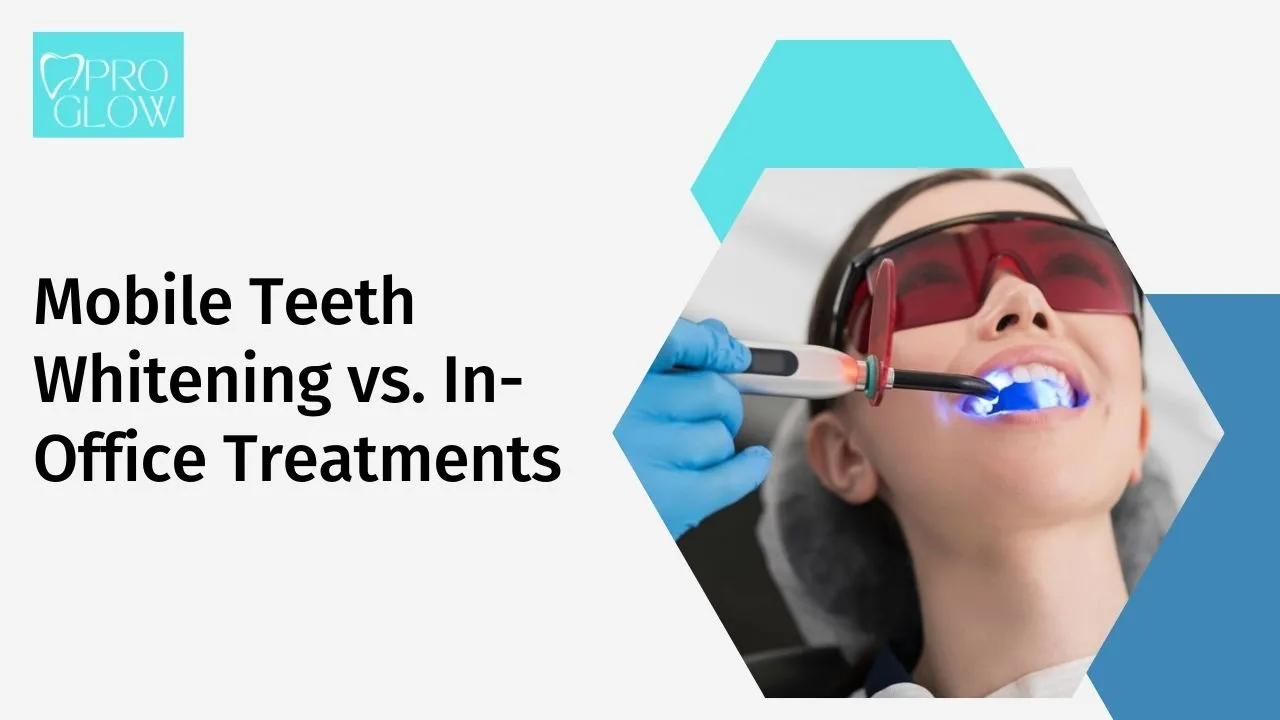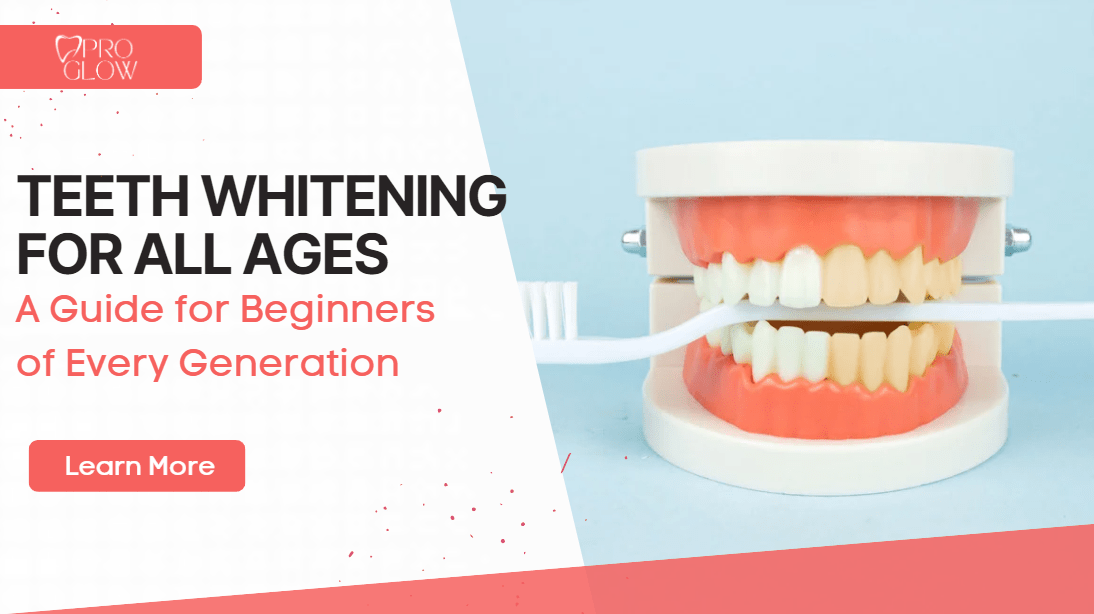The burgeoning popularity of mobile teeth whitening services has revolutionized the approach to achieving a brighter smile, bringing the convenience of professional procedures directly to the client’s doorstep. As the demand for these services escalates, the imperative for stringent safety protocols and adherence to best practices cannot be overstated. These measures are vital to ensure not only the effectiveness of the treatment but also to safeguard against any potential risks. Here is an expanded guide on the safety protocols and best practices for mobile teeth whitening services:
-
Comprehensive Initial Consultation:
Thorough Assessment:
Begin with a detailed virtual or in-person assessment to evaluate the client’s oral health status and suitability for whitening treatments. This step is crucial for identifying any underlying issues that may affect the procedure’s outcome or safety.
In-depth Medical History Review:
A comprehensive review of the client’s medical and dental history is essential. This includes any allergies, sensitivities, previous dental work, or medications that could interact adversely with the whitening process. Identifying potential contraindications upfront can prevent complications.
-
Strict Use of FDA-Approved and Clinically Tested Products:
Product Compliance:
Ensure that all products used, from bleaching agents to protective gels, are FDA-approved and clinically tested for safety and effectiveness. Using substandard or non-compliant products can jeopardize client safety and the service provider’s reputation.
Product Training:
Be well-versed in the specific products being used, understanding their chemical composition, potential side effects, and the correct application techniques to optimize results while minimizing risks.
-
Comprehensive Training for Technicians:
Beyond basic training, technicians should undergo comprehensive education that covers not only the technical aspects of teeth whitening procedures but also client communication, emergency response, and the latest industry standards. This training should be refreshed annually to ensure technicians remain knowledgeable about the most current practices and products.
-
Stringent Hygiene and Sterilization Protocols:
The importance of maintaining a sterile environment cannot be overstated. This includes the use of disposable gloves, masks, and ensuring all non-disposable instruments are sterilized between appointments. Mobile units should be equipped with medical-grade sterilization equipment and follow protocols akin to those in dental offices.
-
Personal Protective Equipment (PPE):
The correct use of PPE protects both the technician and the client. This means wearing gloves, masks, and protective eyewear at all times during the procedure. Training on how to properly don and doff PPE should be part of the technician’s education.
-
Client Consultation and Consent:
Before proceeding with any whitening treatment, a thorough consultation should assess the client’s suitability for the procedure, discussing their dental history, allergies, and any sensitivities. Informed consent forms, detailing the procedure’s risks and benefits, must be signed by the client, ensuring transparency and understanding.
-
Use of High-Quality Whitening Agents:
Only use whitening agents that have been approved by dental health authorities and have a proven track record of safety and effectiveness. This includes being mindful of the concentration of bleaching agents, as higher concentrations can increase the risk of tooth sensitivity and gum irritation.
-
Customized Treatment Plans:
Recognize that each client’s needs are unique. Customization of treatment plans should consider the client’s dental history, tooth color, and sensitivity levels. This tailored approach not only ensures safety but also maximizes the effectiveness of the whitening process.
-
Emergency Preparedness:
Mobile units must be equipped with first aid kits and emergency protocols to address potential adverse reactions immediately. Technicians should be trained in basic emergency procedures, including how to recognize and respond to allergic reactions or other unforeseen complications.
-
Post-Treatment Care and Follow-up:
Providing clients with detailed post-treatment care instructions is crucial for minimizing sensitivity and maintaining whitening results. This includes advice on diet, oral hygiene, and avoiding certain foods and drinks. Additionally, offering follow-up consultations can help address any concerns that may arise after the treatment and ensure client satisfaction.
-
Regulatory Compliance and Insurance:
Adhering to all local and national regulations governing mobile dental services is a must for operating legally and ethically. This includes obtaining the necessary licenses and ensuring that the business is insured. Comprehensive liability insurance protects both the business and its clients, providing peace of mind and establishing credibility.
Conclusion
In conclusion, the expansion of mobile teeth whitening services across the market underscores a significant shift towards more accessible and convenient cosmetic dental treatments. This shift, however, brings with it an increased responsibility for service providers to uphold the highest standards of safety and care. By meticulously adhering to the enhanced safety protocols and best practices outlined, mobile teeth whitening professionals can ensure that their services are not only effective but also secure and compliant with the latest health and safety regulations. The commitment to ongoing education, client education, and the use of approved, high-quality products forms the cornerstone of a successful mobile teeth whitening business. Moreover, the emphasis on personalized care, from the initial consultation to post-treatment follow-up, plays a pivotal role in achieving optimal outcomes and ensuring client satisfaction.










